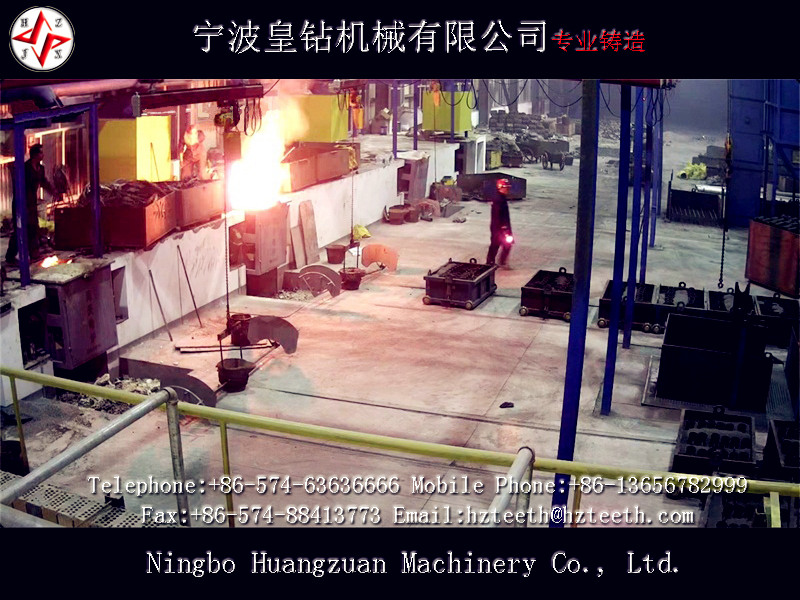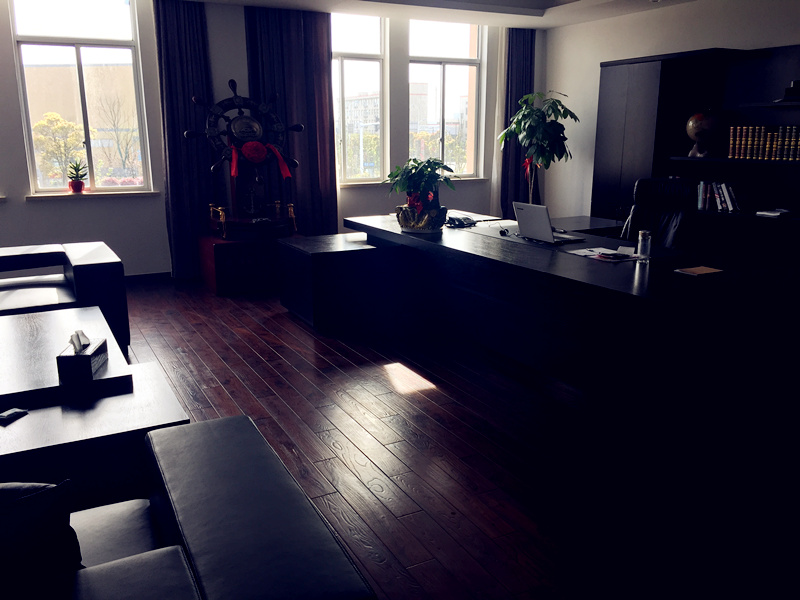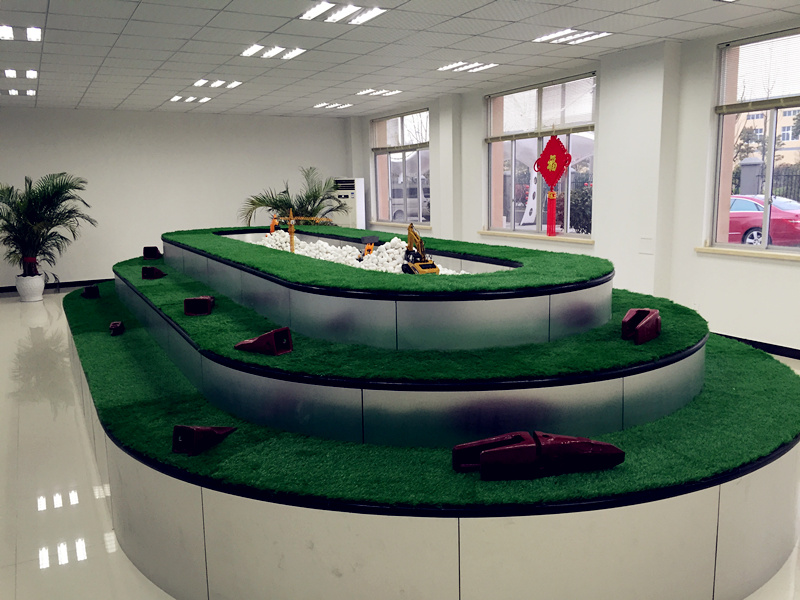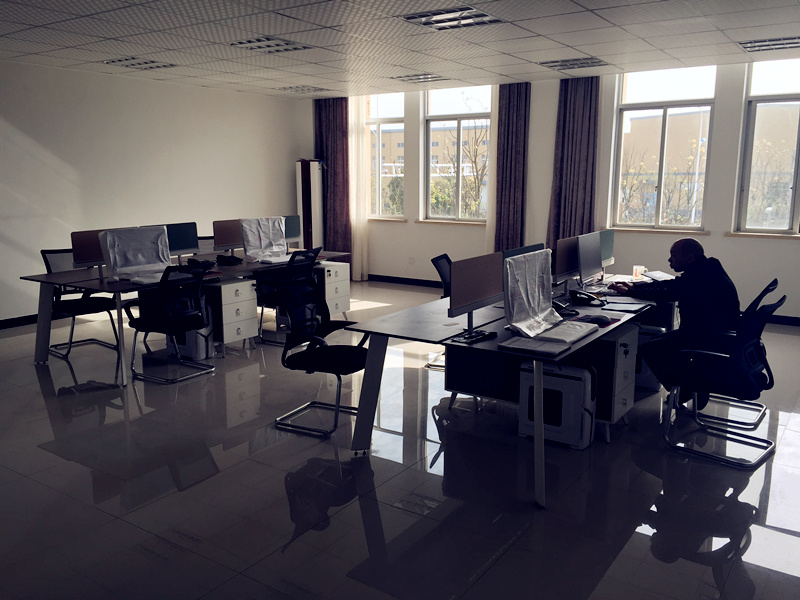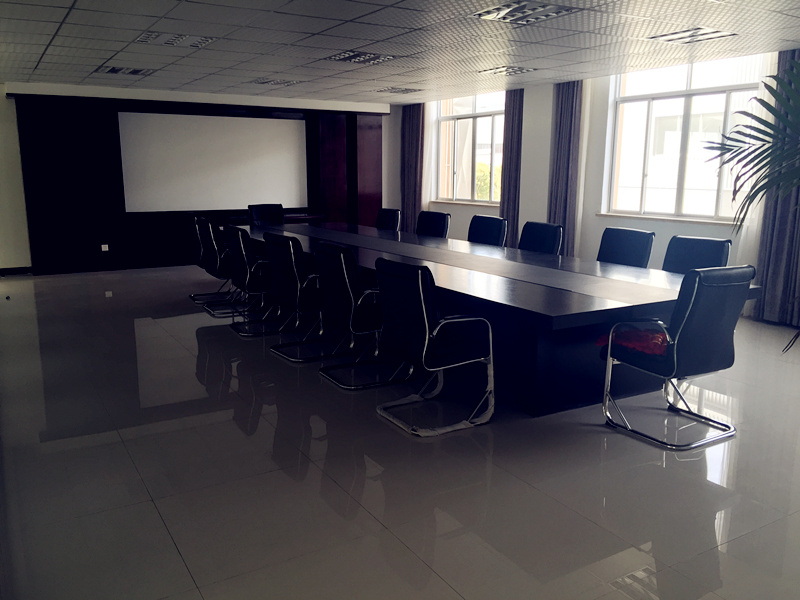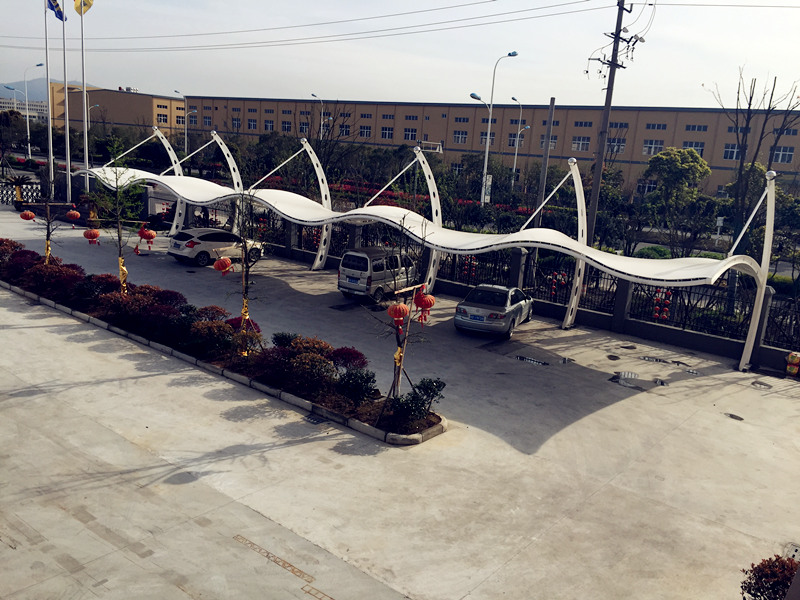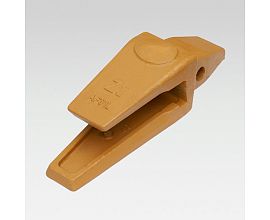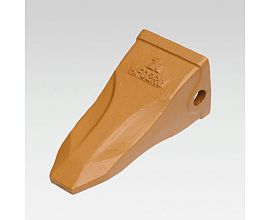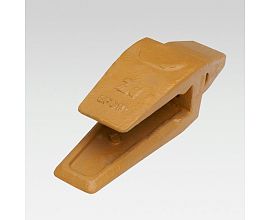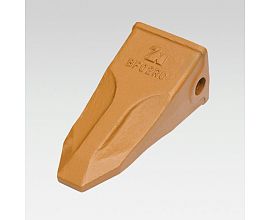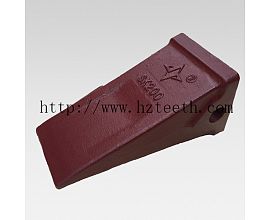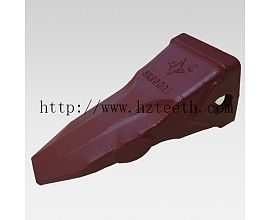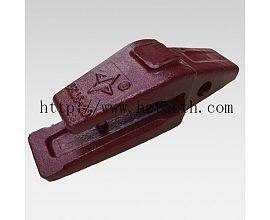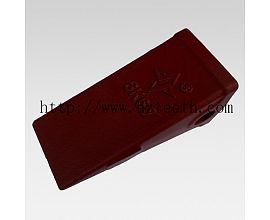The front bucket teeth and main cutter plate of loader and excavator bucket have low hardness, poor wear resistance and insufficient toughness. Under the dual action of abrasive impact force and sliding friction force, brittle fracture is easy to occur. According to incomplete statistics, the annual consumption of bucket teeth and main cutter boards in China amounts to hundreds of tons.
Wear-resistant surfacing is a layer of wear-resistant alloy on the surface of carbon steel or low alloy steel parts. In this way, it can not only improve the wear resistance of parts, meet the use requirements of the main cutter board and bucket teeth, but also maintain the strength and toughness of the original parts, and reduce the cost of the original matrix materials.
1. Surfacing Technology
1. Surfacing Method
When selecting surfacing method, the following requirements should be met: low dilution rate; high deposition speed and efficiency; workpiece size, shape complexity and batch size; and comprehensive low cost.
Considering the specific structure of bucket and the above factors, manual arc welding can be selected.
2. Surfacing Material
Selection principle of surfacing metal: First, it can meet the performance requirements of parts when working. Second, it has good weldability and should be easy to weld and obtain the surfacing layer with good bonding and no defect with the matrix under the field conditions; it is necessary to pay attention to the compatibility between the surfacing metal and the matrix, and fully estimate the influence of matrix dilution on the performance of the surfacing layer; when the carbon equivalent of the matrix is high, in order to prevent cracks, preheating and heat preservation can be considered. Buffering process; if not feasible, then consider the use of transition layer solution. Thirdly, considering the economy of surfacing, the selected surfacing alloy should be the cheapest one among the various alloys with the same performance, and the simplest welding process and the least processing cost.
Because of the chisel abrasive wear caused by the strong impact on the main cutter plate and bucket teeth of the bucket, surfacing alloy electrodes that can resist impact wear should be selected. According to this requirement, through consulting data and testing, the final selection of high-cost surfacing 4102 and surfacing 1102 electrode.
3. Surfacing technology of main cutter board
(1) Process parameters
Considering the characteristics of main tool plate, production efficiency and reducing dilution rate, it is appropriate to select surfacing electrode 4102, electrode diameter? Quasi 4mm; arc stable AX5-500 DC welding machine, DC reverse connection method, welding current 160A.
(2) Notes
Before welding, the oxide skin, rust, moisture and oil contamination of the surfacing area should be removed.
(2) If the surfacing of the main cutter plate is carried out after the bucket is welded, the distortion of the main cutter plate caused by surfacing is difficult to correct. For this reason, surfacing should be carried out before the main cutter plate is welded to the bucket.
(3) Because of the slender main cutter plate, it is easy to cause distortion and distortion during surfacing welding, and the correction is very troublesome. In order to prevent welding distortion, it should be fixed on the metal frame with greater restraint before surfacing, and be welded by the method of mid-section and sub-section back-welding.
In order to improve productivity and reduce dilution rate, downhill welding operation method should be adopted.
_If the main tool plate is deformed by surfacing welding, apply hydraulic press to leveling.
_Hardness of surfacing layer should be greater than HRC50 after surfacing.
4. Bucket teeth surfacing technology
(1) Because the hardness requirement of bucket teeth is higher than that of the main cutter plate, and the weldability is poor, though the hardness can meet the requirement by direct surfacing with electrode 1102, the surfacing layer is easy to peel because of the difference of linear expansion coefficient between the two materials. Therefore, it is necessary to add a layer of transition layer. A quasi-4mm electrode 4102 is used to surfacing the transition layer first and then 1102 is used as the cover layer. The total thickness of the two layers is 5-6mm, accounting for about 1/2 of each layer, and the hardness of the surface layer is greater than HRC60.
(2) In order to prevent the bucket teeth from deforming, four bucket teeth should be surfacing at the same time. Short bead welding should be adopted and carried out in turn, so that the heat accumulation can be reduced to the minimum.
(3) Wear-resistant surfacing can be used not only on new bucket teeth (protection), but also on the repair of old bucket teeth. When repairing old bucket teeth, the worn parts should be filled with common welding materials first, and then a layer of wear-resistant material should be surfacing by the above surfacing process.
Huangzuan Machinery established in 2008, is a specialized manufacturer of bucket teeth, bucket adaptor and side cutter which is used Caterpillar, Komatsu, Hyundai, Daewoo, Kobelco, Hensley, Liugong, Hitachi, XCMG, XGMA, Volvo, JCB .etc.
With production facilities covering an area of 18136 square meters and staff of 100, our annual processing capability equals approximately 12,000 metric tons. we currently have the technology of lost wax casting, precoated sand casting, resin sand casting, have the advanced instrument such as spectromaxx, Brinell hardness tester, universal testing machine, metalloscope.



